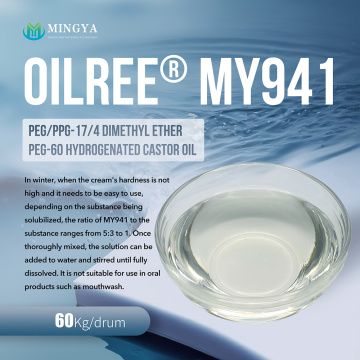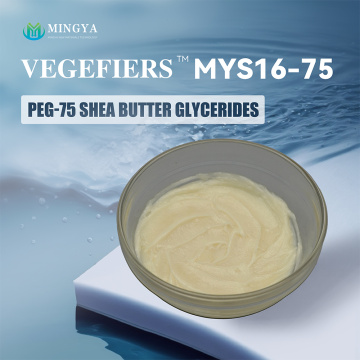Dimethyl Distearylammonium Chloride Ethanol Solution CAS NO
Dimethyl Distearylammonium Chloride is a quaternary ammonium salt compound that contains two C18-long hydrocarbon chains and a positively charged nitrogen atom in its molecular structure. This structure allows it to form stable bonds with negatively charged surfaces such as textile fibers and pulp. The product usually uses ethanol as the solvent, and in a solid state, it is usually a light yellow particle with good thermal stability in neutral to weakly acidic environments.
How It Works
Its positively charged head will firmly adhere to the negative potential point of the substrate, while the hydrophobic chains will align outward, forming a lubricating, low friction thin film. This effect can reduce surface resistance and static electricity accumulation on the one hand, and improve fiber interaction by reducing the friction coefficient between fibers on the other hand. Compared with single chain quaternary ammonium salts, the double chain structure makes it have stronger adhesion and more washability on the substrate surface, and can achieve more uniform coverage; In a water dispersed system, it forms a layered structure, which is also the key to its ability to provide long-lasting softening and conditioning effects as a
cationic fabric softener.
Product performance
It can be dissolved in non-polar solvents, has good chemical stability, softness, anti-static, sterilization, disinfection, emulsification and other properties. It can be dissolved in alcohols and dispersed in warm water, and has good compatibility with cationic and nonionic surfactants or dyes. It is used as a soft softener, leveling agent, anti-static agent, to improve the hand feel and anti-static performance of textiles, bringing a luxurious hand feel experience to fabrics, hair, etc.
Regulations and Market Prospects
It meets the industry standards for cationic surfactants in China and is widely used in the Asia Pacific and Latin American markets that prioritize cost-effectiveness. However, due to biodegradability issues, the EU has gradually restricted its use, and ester quaternary ammonium salts have become a better choice. But with its excellent cost-effectiveness, its demand will continue in regions where economic formulas are prioritized over environmentally friendly alternative materials.





























